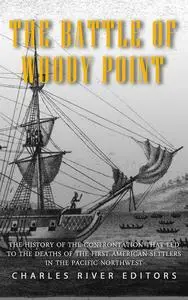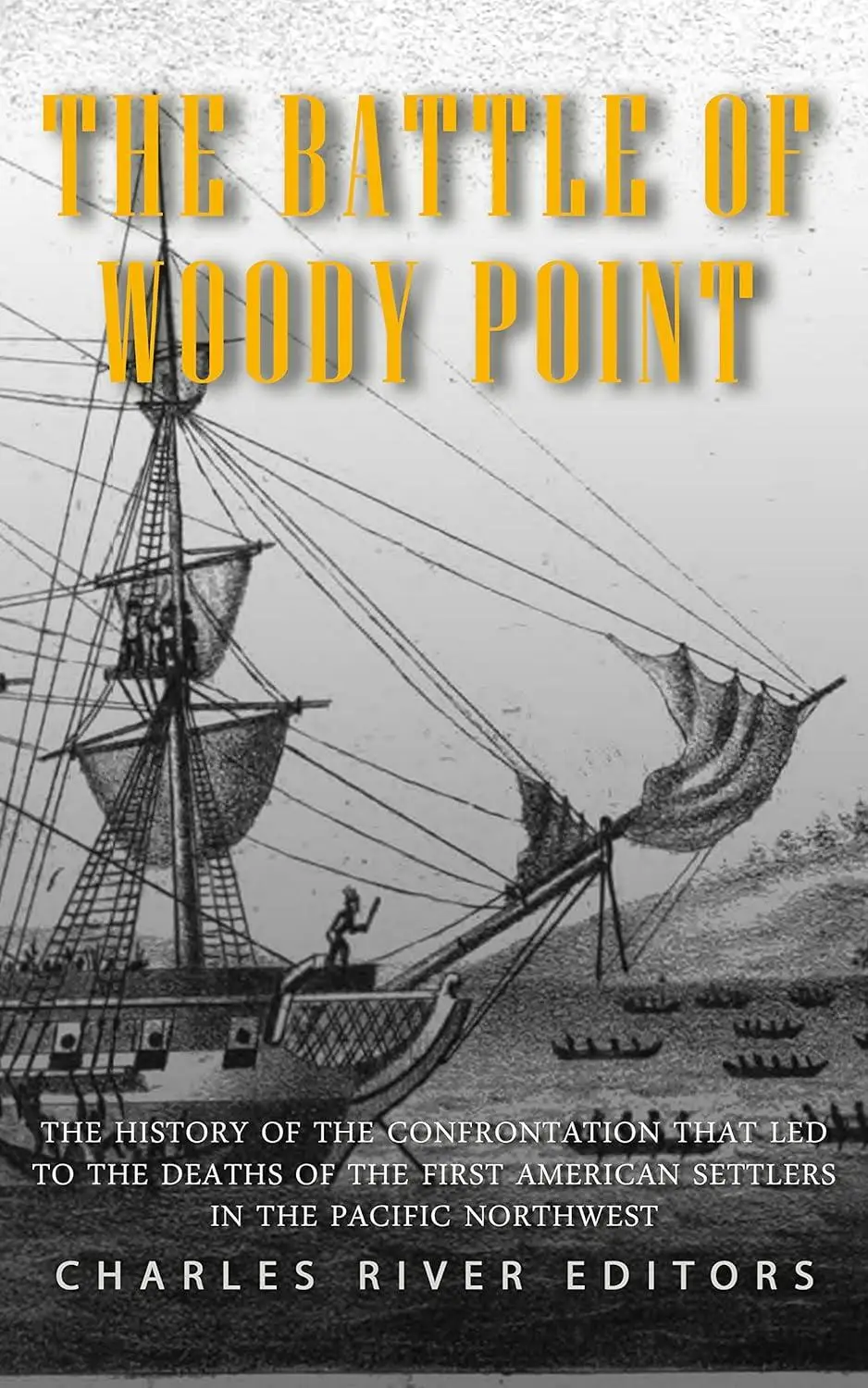The Battle of Woody Point: The History of the Confrontation that Led to the Deaths of the First American Settlers in the Pacific Northwest by Charles River Editors
English | April 30, 2023 | ISBN: N/A | ASIN: B0C41FVWH2 | 104 pages | EPUB | 4.34 Mb
English | April 30, 2023 | ISBN: N/A | ASIN: B0C41FVWH2 | 104 pages | EPUB | 4.34 Mb
The fur trade had its tensions, but for many years, traders and natives worked out their own systems, times, and traditions, allowing many different groups to interact and even compete without issues that led to war. Though native groups sometimes found themselves in conflicts based on long-standing rivalries or relations with the Europeans, most of the fur traders, the trappers, the Indians, and Hudson’s Bay Company officials lived peaceably. The great amount of distance from one another in this land of millions of miles likely helped to alleviate tensions. When a new vision for the Hudson’s Bay Company came about, one where settlers, not itinerants, would be responsible for the colony, the rules changed.
The U.S. was fortunate to possess a premier talent in John Jacob Astor, a man already experienced in trade with overseas clients. Astor, a German-born immigrant from the town of Waldorf, showed little spark for business as the third son of a butcher, but as a fur trader, real estate investor, and leading businessman of his era, he soon rose to become the dominant figure in Jefferson’s strategic trade plan and easily the wealthiest American of the early 19th century.
Astor’s ambitions came at a time when the Hudson’s Bay Company operated like a virtual empire within an empire, and it held an almost absolute monopoly on trade across most of British North America. From the 1780s onwards, however, it faced vigorous competition from a new rival in the form of the North West Company, based out of Montreal. Blocked out of the most lucrative fur regions of British North America, the North West Company had established itself in the Pacific Northwest and pushed aggressively westward, creating the first European settlements and outposts among the native tribes of the Columbia territory. In part, President Jefferson’s objective in sponsoring the Lewis and Clark Expedition was to find a way to direct this growing trade into the United States, rather than north into British territory or west across the ocean. As Lewis and Clark returned to St. Louis, the North West Company was already exploring New Caledonia, comprising most of modern-day British Columbia. None of this was formal British territory, but along with most of the coast above the 42nd Parallel, it formed part of Britain’s claim, and the companies active therein tended to reinforce this fact.
Thus, in 1810, through the Pacific Fur Company, Astor began to direct his energies at the still mostly unexploited regions accessible from the mouth of the Columbia River. This was, of course, in open defiance of British claims, but that was very much in keeping with Astor’s style. Astor put up the money, and a group of American and Canadian fur traders would manage affairs on the ground, traveling to the region to erect Fort Astoria and a string of trading posts in the region that could deal with the natives, trade with Asia and the East Coast, and amass untold riches. Or at least that was the plan.
Fort Astoria wouldn’t last a decade, and its turbulent history was so full of unfortunate twists and turns, a mixture of bad luck and incompetence, that the story still fascinates people today. And among all the chapters of that short history, none are as interesting as the fateful Battle of Woody Point, a misnomer for a confrontation that was brought about by misunderstandings, arrogance, and misplaced pride. The episode, despite its brevity and its occurrence in the furthest reaches of North America at the time, would color relations between whites and natives in the Pacific Northwest for decades.



